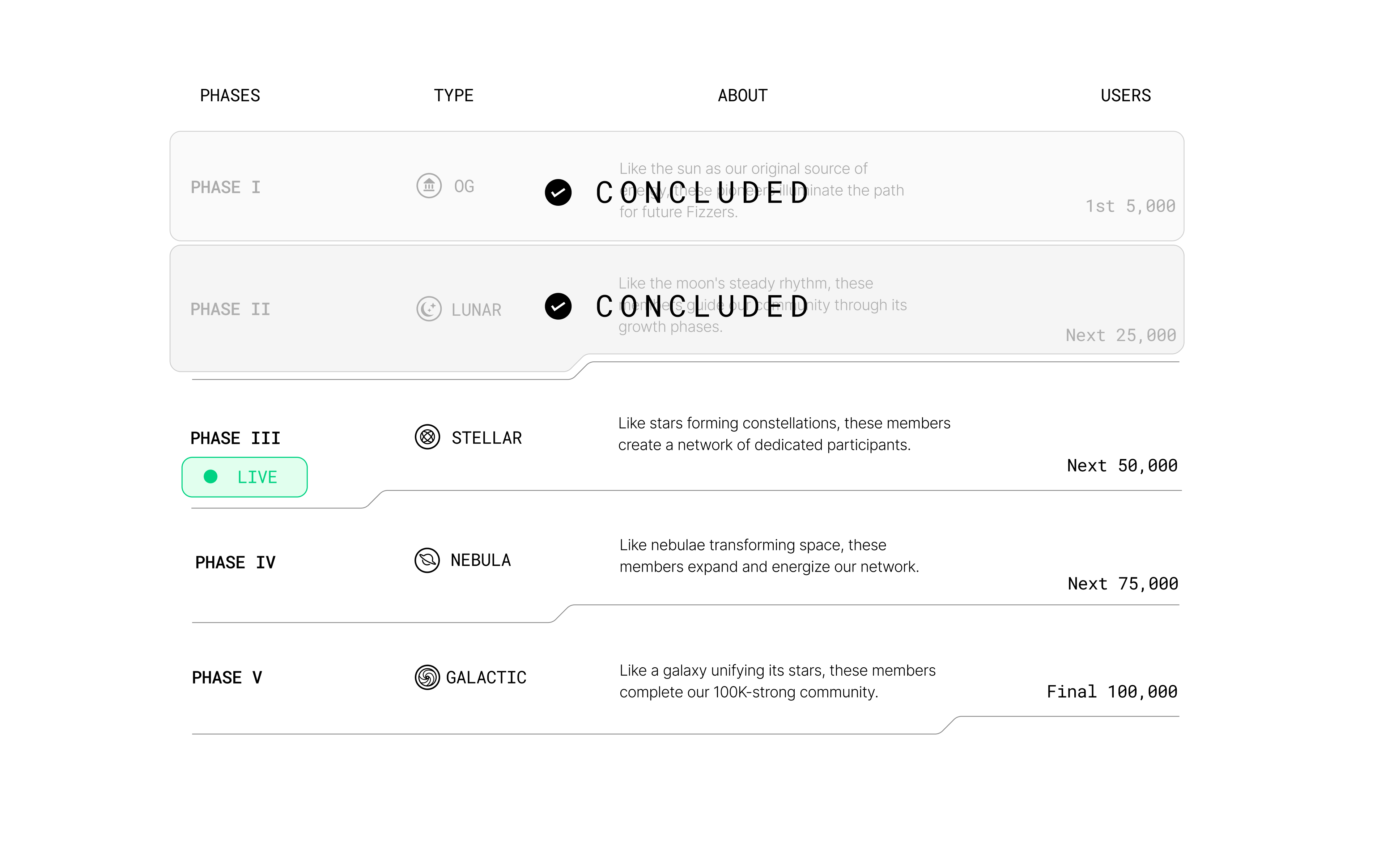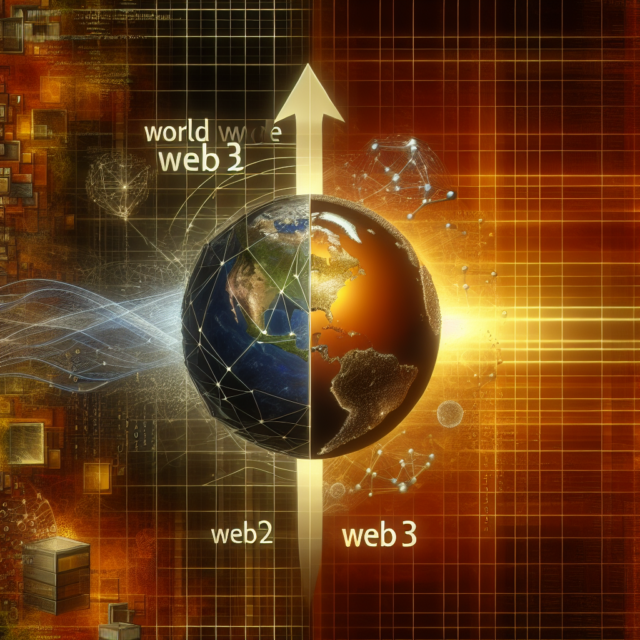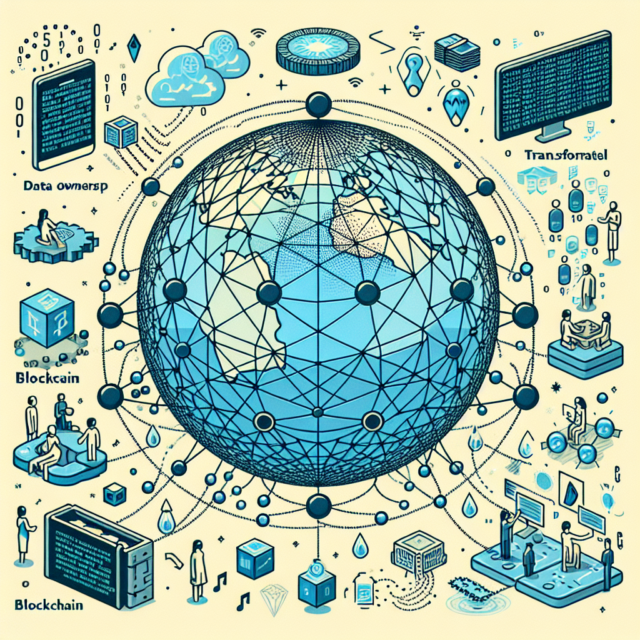Sygnum Achieves Unicorn Status, Raises $58 Million in Oversubscribed Strategic Growth Round – Web3oclock
Sygnum, a Switzerland and Singapore based crypto-focused bank, has secured $58 million in an oversubscribed strategic growth funding round. This will push the firm’s post-money valuation beyond $1 billion and seal its unicorn status. This marks another milestone in furthering the firm’s growing influence in the digital asset space and robust market positioning.
Fulgur Ventures, the venture capital firm that specializes in Bitcoin technologies and emerged as a cornerstone investor for the final close of this round of funding, led the other strategic and financial investors. Team members also participated on equal terms and will maintain majority ownership together with co-founders and board members.
Accelerating Bitcoin Adoption and Innovation:
Fulgur Ventures underlined its interest in helping Bitcoin converge with institutional financial markets.
Partner Oleg Mikhalsky said,
“Sygnum’s market-tested infrastructure, digital asset-native team, and global ecosystem make them the ideal partner to co-develop innovative Bitcoin-related financial products and technologies. This aligns with a potential inflection point for Bitcoin’s institutional adoption and regulatory clarity.”
This investment is a big step for Sygnum, as it prepares itself to elevate its offerings and reach in the global arena. The company will put aside the funds to enhance its Bitcoin-focused product portfolio, infrastructures, compliance teams, and strategic acquisitions. Additionally, these funds are added capital to support Sygnum’s further expansion into the EU and the establishment of a regulated presence in Hong Kong.
A Record of Growth and Innovation:
The latest announcement follows a series of successful funding rounds for Sygnum. Less than a year ago, the firm raised over $40 million in an interim strategic funding round led by Milan-based asset manager Azimut Holding, bringing its valuation to $900 million. Earlier, in January 2022, Sygnum completed a $90 million Series B round with participation from prominent Asia-based investors, including Sun Hung Kai & Co., Animoca Brands, and SBI Holdings.
The company continues to expand its reach. Besides holding licenses in Switzerland and Singapore, Sygnum Bank is now regulated in Abu Dhabi, Luxembourg, and Liechtenstein. It is also planning to significantly broaden its MiCA-compliant regulated footprint across the EU in the coming months.
Operational Profitability and Global Client Growth:
Sygnum posted operational profitability for the 2024 financial year, driven by exponential growth in its trading products. The firm’s annual trades increased more than 1,000% year-over-year, covering crypto spot, derivatives, FX, and traditional securities. Sygnum now manages over $5 billion in assets for over 2,000 clients across 70 countries, cementing its reputation as a leader in the digital asset banking sector.
To strengthen its service, Sygnum established Sygnum Connect, a 24/7 multi-asset settlement network, with the following initial members: AsiaNext and Hidden Road. It also developed Sygnum Protect, allowing institutional clients to trade on major crypto exchanges while holding their collateral securely in the bank’s custody.
In addition to these, Sygnum has partnered with Fidelity International, Matter Labs, and Hamilton Lane on tokenization projects. The firm also collaborated with Chainlink to provide fund NAV data on-chain, further strengthening its position as an innovator in blockchain and decentralized finance.
Ethereum ETFs and Market Projections:
Sygnum has also been at the forefront of analyzing crypto investment trends. When the U.S. greenlighted spot Ethereum exchange-traded funds in July 2024, Sygnum’s Head of Research, Katalin Tischhauser, predicted net inflows of $5–10 billion in the first year, saying Ethereum was not as well-known as Bitcoin.
Six months later, Ethereum ETFs have attracted $2.5 billion in net inflows, compared to $18.9 billion for Bitcoin ETFs over the same period, a ratio of just over 13%. This performance is consistent with Sygnum’s lower-bound forecast, which shows a steady rise in Ethereum adoption within institutional markets.
Future Outlook:
Sygnum’s achievements are a testament to its innovative approach and commitment to fostering the adoption of digital assets globally.
Co-founder and CEO Mathias Imbach noted,
“Sygnum reaching Unicorn status validates our business model, strategy, and team. However, Switzerland must continue to prioritize financial innovation to remain competitive as a digital asset hub.”
With plans to expand its product offerings, strengthen its global regulatory presence, and build on its expertise in digital assets, Sygnum is well-positioned to take a leading role in the future of the crypto banking sector. Its strategic focus on Bitcoin technologies and institutional markets aligns perfectly with the accelerating momentum in digital asset adoption worldwide.
And if you’re as excited about the evolving Web3 universe as we are, join our community! Subscribe to our newsletter for the latest updates, trends, and insights—let’s navigate the world of Web 3 together!






















